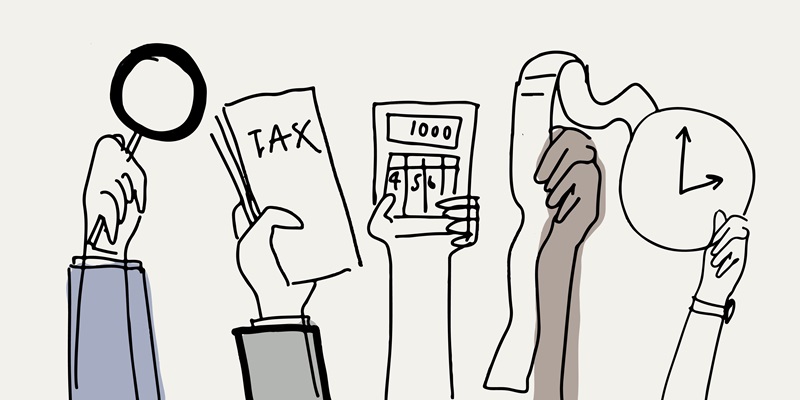If you’re a “regular” employee, odds are you see a significant portion of your paycheck withheld and diverted toward taxes each time you receive your paystub. Understanding how paycheck withholdings are determined and the potential reasons for inadequate withholdings is crucial to avoid unexpected tax bills. In this article, we will delve into the subject of paycheck withholdings, explore why you might owe taxes despite regular deductions, and provide tips on how to prevent such situations.
How Paycheck Withholdings are Determined
Exactly how much of each paycheck is withheld by your employer is determined by how you fill out your W-4, an IRS tax form that your employer likely gave you when you started your job. The form presents a series of questions that help calculate your tax withholding allowance, which is then used to determine the amount withheld from your paycheck. By understanding the W-4 form and its role in determining paycheck withholdings, you can take control of your tax obligations.
Reasons for Inadequate Paycheck Withholdings
There are several possible reasons why your paycheck withholdings may not have been sufficient to cover your taxes this year. One of the most common reasons you may owe more than was withheld by your employer is that your withholdings, as established through the W-4 you filed with your employer, were too low. This can happen if you claimed too many allowances or failed to accurately calculate your tax liability.
Another possible reason you might owe additional taxes beyond your withholdings is that your pay increased at some point during the year, but your withholdings did not. Failure to adjust your W-4 form after a pay raise can result in inadequate withholdings, leaving you with a tax bill at the end of the year.
Furthermore, another common reason you might owe taxes when filing is that you didn’t account for additional income received from sources other than your primary employer. Side gigs, freelance work, and investments can all add to your taxable income, and failing to consider these additional earnings when filling out your W-4 can lead to under-withholding.
Preventive Measures
To avoid owing taxes unexpectedly, it is essential to take preventive measures. The best way to avoid this in the future is to submit a new W-4 every year and account for all expected income when filling it out. By reassessing your financial situation annually, you can ensure that your withholdings align with your tax liability.
Additionally, the absolute best way to avoid unexpectedly owing taxes when you file is to make sure your employer withholdings are accurate by updating your W-4 whenever necessary. Any significant life changes, such as marriage, having a child, or purchasing a home, can impact your tax obligations. Updating your W-4 promptly ensures that your withholdings reflect these changes.
Moreover, the IRS provides an online tax withholding estimator tool that can help you account for any additional taxable income. This tool allows you to input various sources of income and deductions, providing you with a clear estimate of your tax liability and helping you determine the appropriate amount to set aside for taxes.
Understanding and actively managing your paycheck withholdings play a vital role in avoiding unexpected tax bills. By familiarizing yourself with the W-4 form, reassessing it annually, and keeping track of all sources of income, you can ensure that your withholdings accurately reflect your tax liability. Taking these preventive measures will provide you with financial peace of mind and help avoid the stress of owing taxes at the end of each year. Stay proactive, stay informed, and take control of your paycheck withholdings to avoid any unpleasant surprises come tax season.

